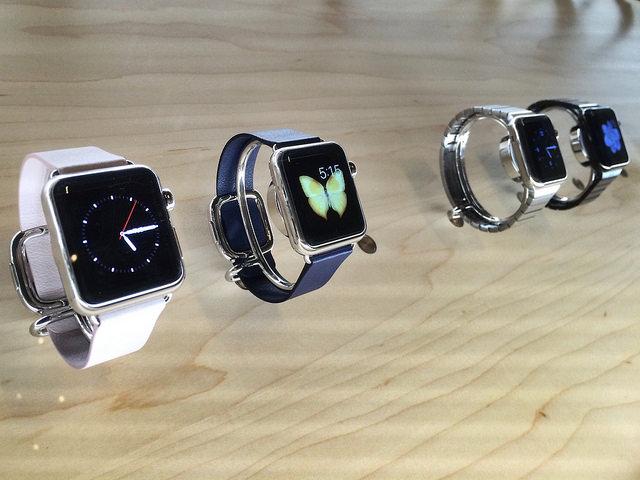Three dimensional holographic images and floating displays outside a screen have long been a favorite of science fiction movies such as the rescue message carried by R2-D2 in “Star Wars.”
The success of James Cameron’s 3-D movie “Avatar“ caused a tremendous worldwide interest in flexible, high-definition, and floating display devices.
In fact, the dream of optically displaying a 3-D object has been constantly driving the revolution of display technologies over the past decade.
At the moment most 3-D imagery is only seen with the aid of special glasses. But the revenue generated by this 3-D technology market in 2013 exceeded $93.21 billion (almost double the global solar market), and is expected to grow up to $279.27 billion by 2018.
High-Tech Screens
The research efforts in nanotechnology have significantly advanced development of display devices. Graphene, an atomic layer of carbon material that won scientists Andre Geim and Konstantin Novoselov the 2010 Nobel Prize in Physics, has emerged as a key component for flexible and wearable displaying devices.
Owing to its fascinating electronic and optical properties, and high mechanical strength, graphene has been mainly used as touch screens in wearable devices such as mobiles.


